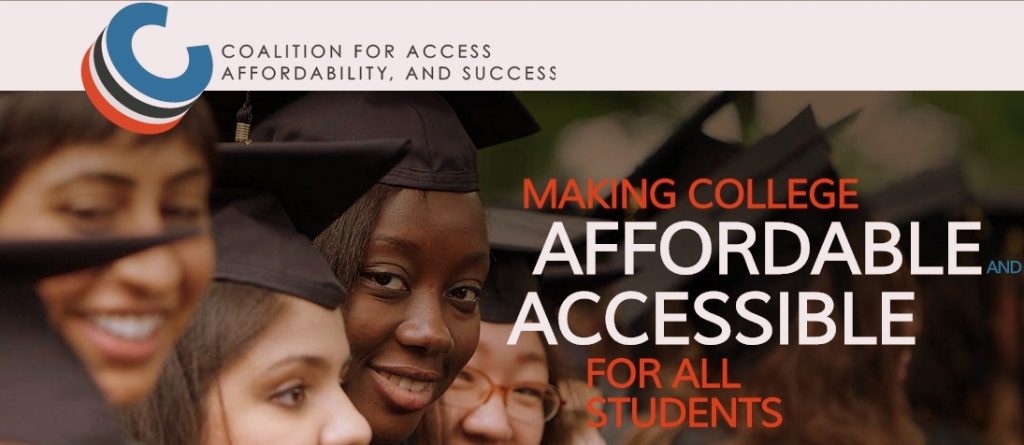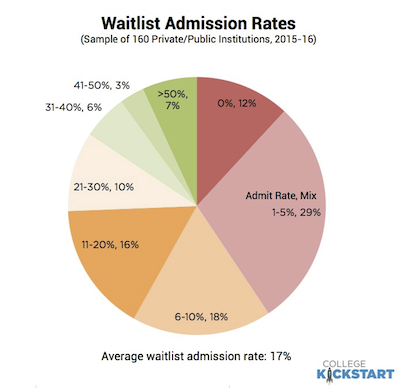Doubts About Career Readiness From College Seniors
According to the results of a survey by McGraw-Hill Education, only 40 percent of college seniors say their experience in college has been very helpful in preparing them for a career. Not a great percentage if you ask me!
The third annual version of McGraw-Hill’s workforce readiness survey found a rise in the perceived importance of preparing for careers in college. While students report that they are increasingly satisfied with their overall college experience (79 percent in 2016 compared to 65 percent in 2014), an increasing percentage said they would have preferred their schools to provide:
- More internships and professional experiences (67 percent in 2016 compared to 59 percent in 2014)
- More time to focus on career preparation (59 percent compared to 47 percent)
- Better access to career preparation tools (47 percent compared to 38 percent)
- More alumni networking opportunities (34 percent compared to 22 percent)
From my experience, there are colleges that do a fantastic job regarding career services, those that do a poor job, and most fall somewhere in between. What I think many college students do not realize is that the services offered by college career centers/offices are not going to jump out and find them—they need to seek them out—and in most cases, they will need to supplement what’s offered on campus. Having a career or post-grad plan in place early on in one’s college career is helpful, and a way students can spend more time focusing on career preparation. Early career planning is one of our new focus areas, as students and their families have voiced their concerns and mirrored some of what the McGraw survey cited here points out.


